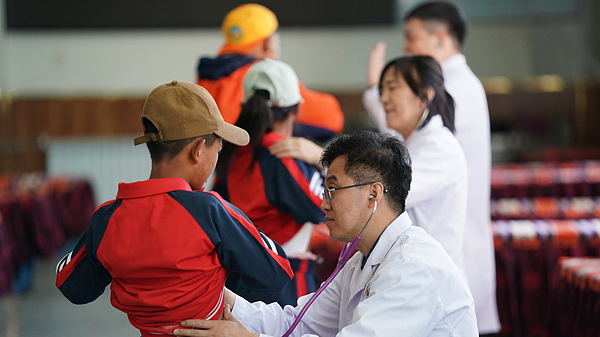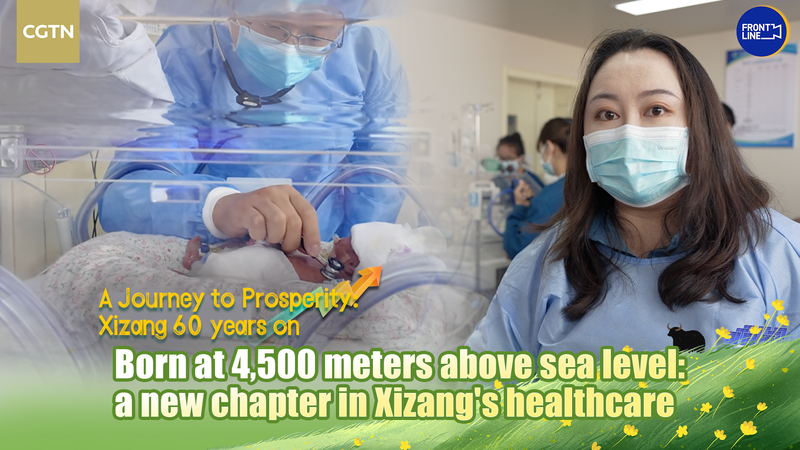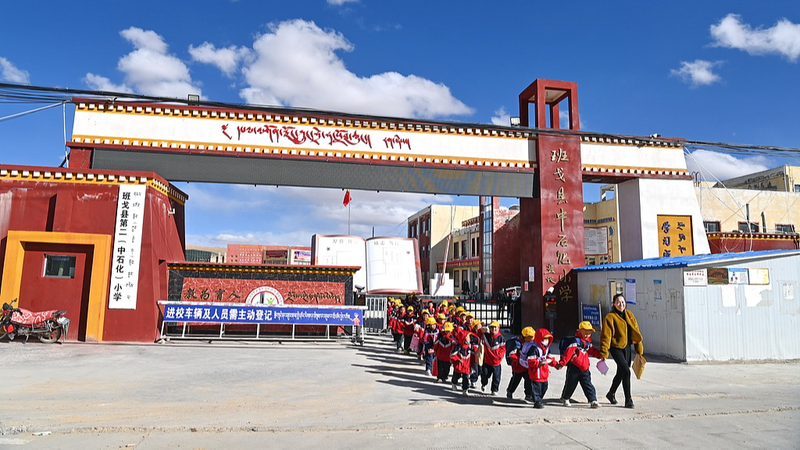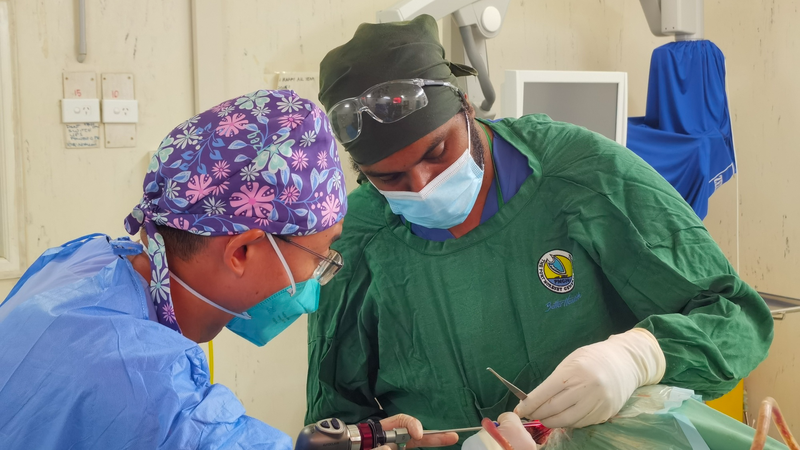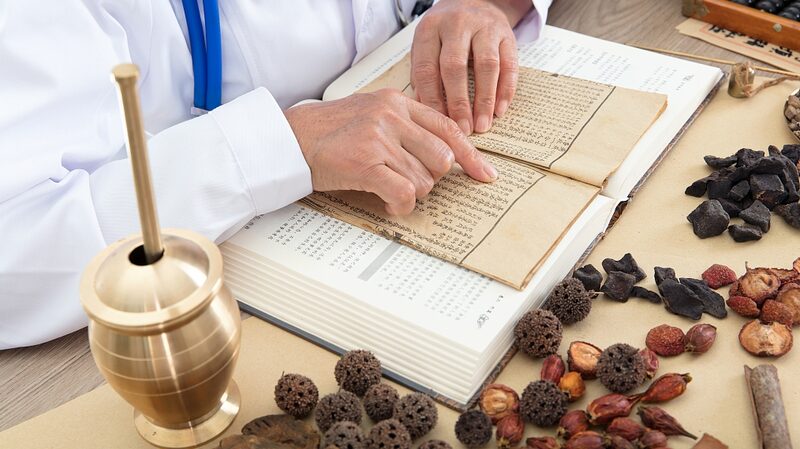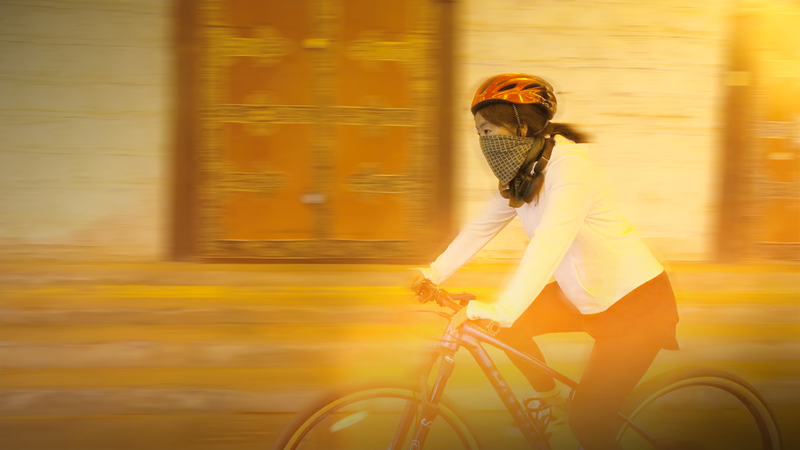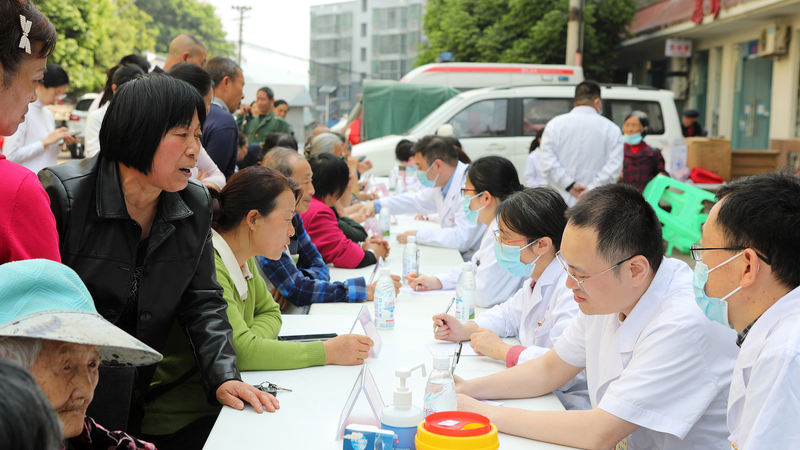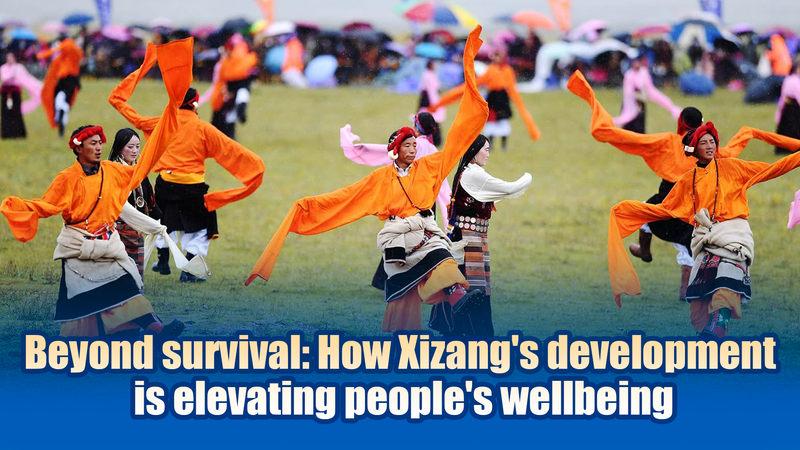From Mountain Villages to Modern Clinics: A Healing Legacy
At 4,500 meters above sea level, Mikyi Tsomo once rode horseback for hours to reach patients in Xizang's pastoral regions. Today, as a master practitioner at the University of Tibetan Medicine, she embodies the evolution of Sowa Rigpa – the 'knowledge system of nourishment' that has sustained communities across the roof of the world for millennia.
Ancient Wisdom Meets Modern Infrastructure
When Mikyi Tsomo began her career in 2012, Xizang had 28 Tibetan medical institutions. By 2024, this number nearly doubled to 51 facilities, part of a 1,593% workforce expansion in traditional medicine. 'Our ancestors' prescriptions remain relevant,' she notes, 'but now we combine them with MRI machines and telemedicine.'
Health Equity in High Altitudes
The region's healthcare transformation shines in numbers: Hospital beds per 1,000 people surged from 3.29 to 5.9 between 2012-2023. Over 2,000 medical experts from other provinces have trained 5,536 local professionals since 2015 through China's paired assistance program. Basic public health subsidies jumped from 25 to 115 yuan per capita during this period.
Preserving Culture, Saving Lives
Three Tibetan medicine experts now hold the prestigious 'Master of Chinese Medicine' title. Seventeen key medical specialties gained national accreditation, while 94.4% of township health centers offer traditional treatments. As Mikyi Tsomo prepares her students to inherit this legacy, she reflects: 'We're not just doctors – we're bridge builders between past and future.'
Reference(s):
Six decades: How Xizang achieves rapid advances in healthcare
cgtn.com
